Figures & data
Table 2. Search logic used in literature searches.
Table 1. Definitions of the problem type.
Table 3. Data extraction parameters.
Table 4. Exclusion criteria for assessing the papers.
Figure 1. Flow diagram illustrating the number of papers that were excluded at each step of the data extraction.
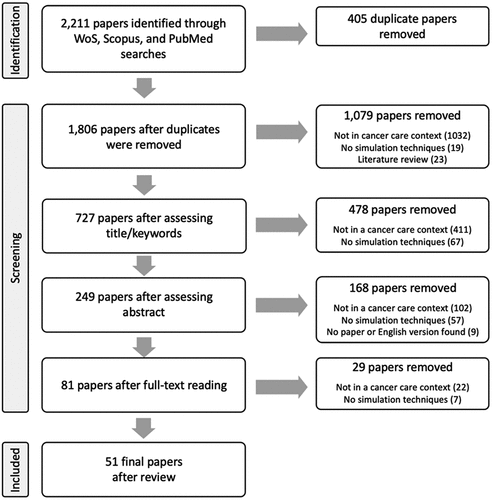
Figure 2. Cross analysis of the simulation techniques and problem type. The number of studies is shown by/in each circle. Papers that used multiple simulation techniques were included in each category.
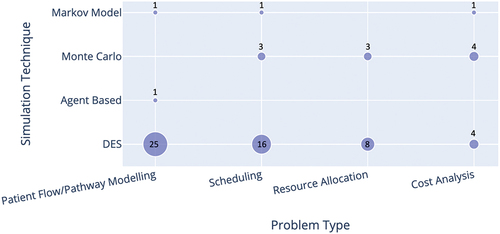
Figure 3. Cross analysis of the cancer/treatments addressed by the paper and the problem type. The number of studies is shown by/in each circle.
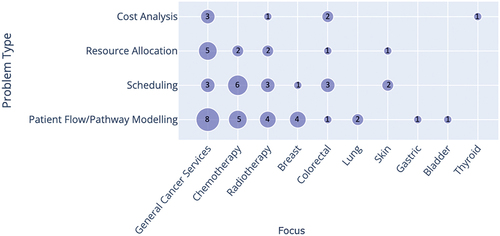
Figure 4. Frequency of papers within each type of operational engagement: parameter estimation/model assumptions (red), model validation (green), intervention/policy changes (dark blue), none (turquoise).
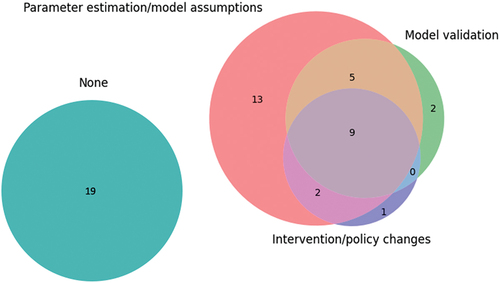
Figure 5. Frequency of papers with implementations within each type of operational engagement mentioned.
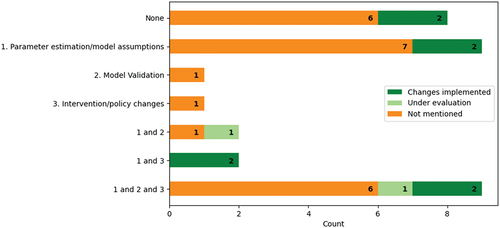
Figure 6. Frequency of suggested changes found in the papers and the impact level of the changes: hospital-level, organisational-level, or the system-level. The number indicates the count of papers. Colours indicate whether those changes were implemented, are under evaluation, were not described as implemented, or implementation is not applicable.
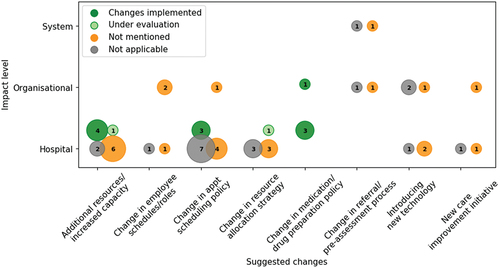
Table 5. Summary of papers that address problems related to patient flow/pathway modelling.
Table 6. Summary of papers that address problems related to scheduling.
Table 7. Summary of papers that address problems related to resource allocation.
Table 8. Summary of papers that address problems related to cost analysis.
Table 9. Suggestions for future work and potential scenarios where they may be useful.
